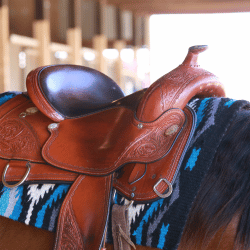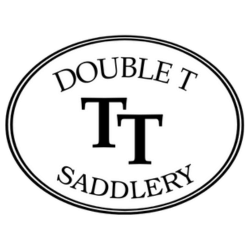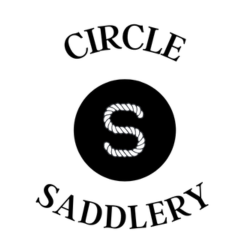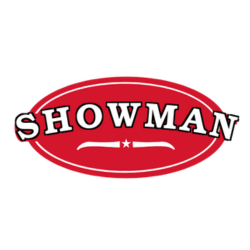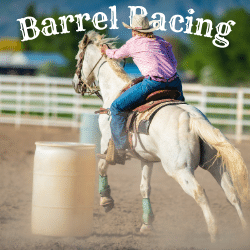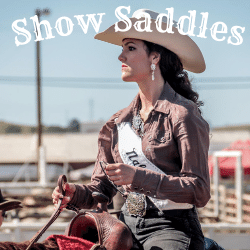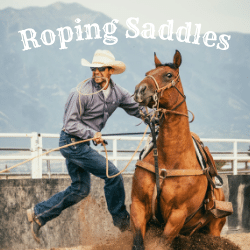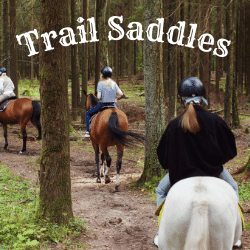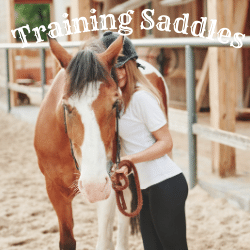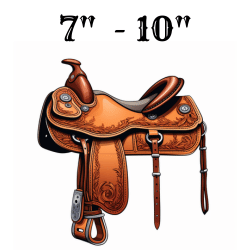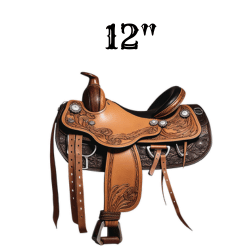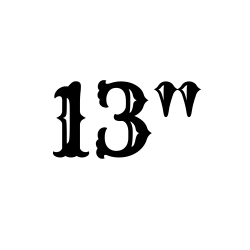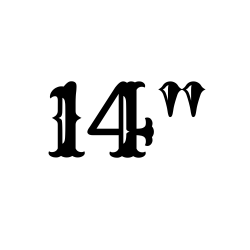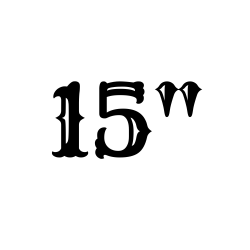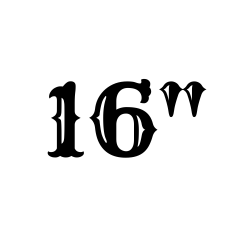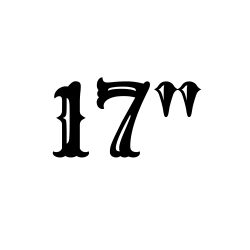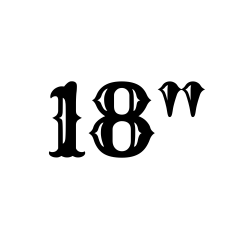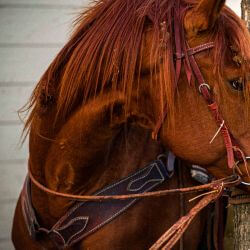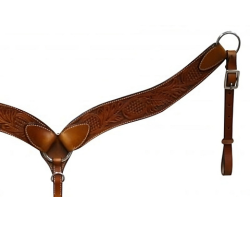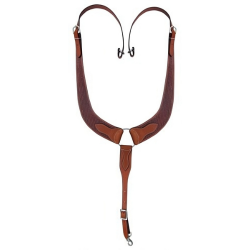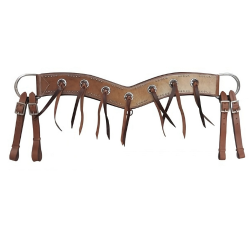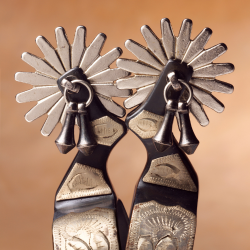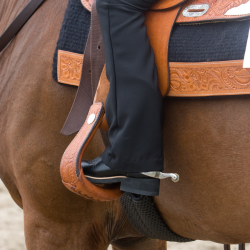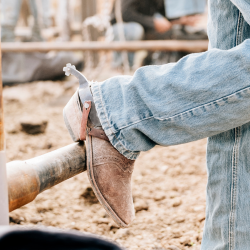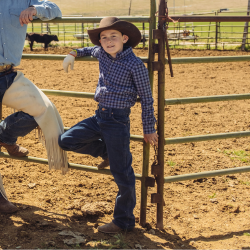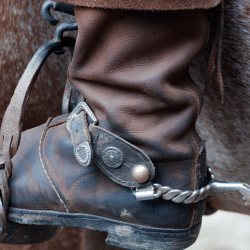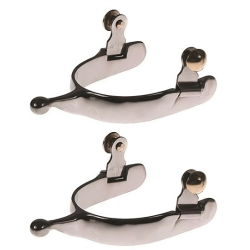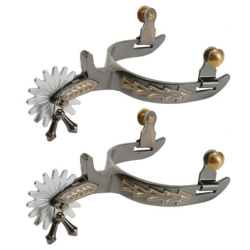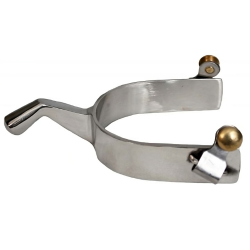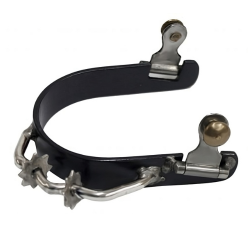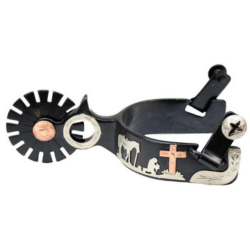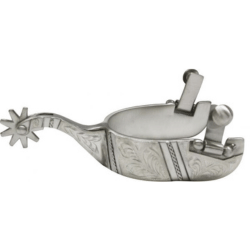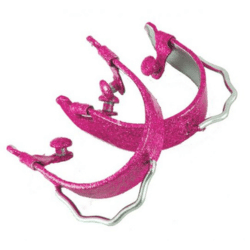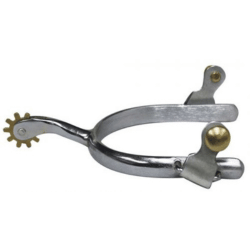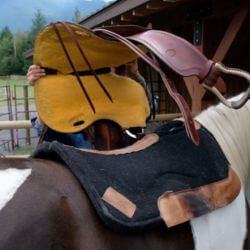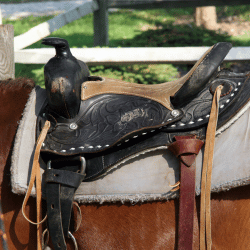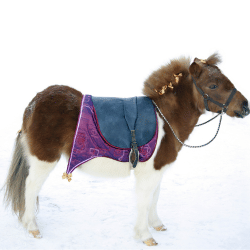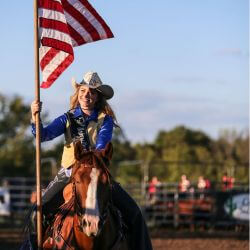Selecting the proper spurs is crucial for any equestrian enthusiast as it affects both the comfort and communication between rider and horse. Spurs are not merely an accessory; they are a tool that, when used correctly, can enhance the riding experience and aid in the training and performance of the horse. This article will guide you through the process of understanding what spurs are, how to choose the right pair for your riding discipline, and how to care for them to ensure longevity and effectiveness.
Key Takeaways
- Spurs are an essential tool for nuanced communication with your horse, and understanding their function is key to using them effectively.
- Choosing the right spurs involves considering your riding discipline, as different styles may require different types of spurs.
- A proper fit is critical for both the comfort of the rider and the well-being of the horse, making it necessary to find spurs that suit your boot size and shape.
- The material and design of spurs can greatly affect their weight, balance, and the type of aid conveyed to the horse.
- Regular cleaning, maintenance, and proper storage are essential to prolong the life of your spurs and ensure they perform as intended.
Understanding Spurs

What are Spurs?
Spurs are a common tool used in horse riding. They are attached to the rider's boots and are used to provide cues to the horse. Spurs boots are an aid that allows the rider to apply pressure to the horse's side. This signals for them to move faster or in a certain direction. Different types of spurs are available, each with its own design and purpose. Some spurs have a rowel, which is a rotating wheel with points that can be used to gently nudge the horse. Others have a blunt end that provides a more subtle cue. The choice of spurs depends on the rider's preference and the horse's response. It's important to use spurs correctly and responsibly to ensure the horse's comfort and well-being.
Different Types of Spurs
When it comes to spurs, there are several different types to choose from. Each type has its own unique design and purpose. Here are some of the most common types of spurs:
-
Prince of Wales Spurs: These spurs have a simple and classic design, with a small knob on the end of the shank. They are commonly used for general riding and are suitable for riders of all levels.
-
Rowel Spurs: These spurs have a rotating wheel with small points called rowels. The rowels can vary in size and number of points, which affects the intensity of the spur's action. Rowel spurs are often used in Western riding.
-
Ball Spurs: These spurs have a ball-shaped end instead of a rowel. They provide a milder form of stimulation and are commonly used in dressage.
-
Dummy Spurs: These spurs have a blunt end and do not have any rowels or balls. They are used for training purposes and are ideal for riders who are just starting to use spurs.
Choosing the right type of spurs depends on your riding discipline, personal preference, and the level of stimulation you want to provide to your horse.
How Spurs Work
Spurs are small metal devices that are attached to the heel of a rider's boot. They are used to provide additional cues and aids to the horse. When the rider applies pressure with their heel, the spur makes contact with the horse's side, prompting the horse to respond to the cue. Spurs can be a useful tool for riders who need to communicate more effectively with their horses.
Choosing the Right Spurs

Consider Your Riding Discipline
When choosing the right spurs, it's important to consider your riding discipline. Different riding disciplines have different requirements and preferences when it comes to spurs. For example, if you're involved in dressage, you may prefer spurs with a longer shank for more precise and subtle cues. On the other hand, if you're into Western riding, you might opt for spurs with a shorter shank for quick and direct cues.
To help you make the right choice, here are some factors to consider:
- Riding style: Are you primarily involved in English or Western riding?
- Level of experience: Are you a beginner or an experienced rider?
- Horse sensitivity: Does your horse respond well to subtle cues or does it require stronger cues?
By taking these factors into account, you can find the spurs that best suit your riding discipline and enhance your riding experience.
Finding the Right Fit
When it comes to finding the right fit for your spurs, there are a few key factors to consider. First and foremost, you want to make sure that the spurs are the correct size for your boots. Spurs that are too small may not provide enough contact with your horse, while spurs that are too large can be uncomfortable and difficult to control.
Another important consideration is the length of the spur shank. The shank is the part of the spur that extends from the boot and comes into contact with the horse's side. The length of the shank can affect the level of pressure applied to the horse. A shorter shank will provide a milder effect, while a longer shank will provide a stronger and more direct effect.
Lastly, you'll want to think about the style of the spur. There are various styles available, including Western spurs, English spurs, and dressage spurs. Each style has its own unique design and purpose, so it's important to choose one that aligns with your riding discipline and personal preferences.
Material and Design
When choosing the right spurs, it's important to consider the material and design. The material of the spurs can affect their durability and performance. Stainless steel spurs are a popular choice due to their strength and resistance to rust. They are also easy to clean and maintain. Another option is plastic spurs, which are lightweight and affordable. However, they may not be as durable as stainless steel spurs.
The design of the spurs can also impact their effectiveness. Some spurs have a rowel design, which features a rotating wheel with points. This design provides a stronger and more direct cue to the horse. Other spurs have a ball design, which is milder and less likely to cause discomfort to the horse. It's important to choose a design that suits your riding style and the sensitivity of your horse.
Here are some key points to consider when it comes to material and design:
- Stainless steel spurs are durable and resistant to rust.
- Plastic spurs are lightweight and affordable.
- Rowel spurs provide a stronger cue.
- Ball spurs are milder and more comfortable for the horse.
Adjustability and Comfort
When choosing the right spurs, it's important to consider the level of adjustability and comfort they offer. Adjustability allows you to customize the fit of the spurs to your boots and riding style, ensuring a secure and comfortable fit. Look for spurs that have adjustable straps or bands, as well as interchangeable rowels or shanks. This way, you can easily modify the spurs to suit your needs.
Comfort is also crucial when it comes to spurs. You'll be wearing them for extended periods of time, so it's essential that they don't cause any discomfort or pain. Look for spurs that have padded straps or bands, as well as smooth edges and rounded rowels. These features will help prevent rubbing and irritation, allowing you to focus on your ride without any distractions.
Caring for Your Spurs

Cleaning and Maintenance
Proper cleaning and maintenance of your spurs is essential to ensure their longevity and effectiveness. Here are some tips to keep your spurs in top condition:
- Use a soft-bristled brush or sponge to gently scrub the spurs, paying extra attention to any dirt or debris.
- Rinse the spurs thoroughly with water to remove any remaining residue.
- Dry the spurs completely before storing them to prevent rust or corrosion.
- Regularly check the straps and buckles for any signs of wear or damage, and replace them if necessary.
- Store your spurs in a cool, dry place away from direct sunlight.
Remember, taking care of your spurs will not only prolong their lifespan but also ensure a comfortable and safe riding experience.
Proper Storage
Proper storage of your spurs is essential to keep them in good condition and prevent damage. Here are some tips for storing your spurs:
-
Clean and dry: Before storing your spurs, make sure to clean them thoroughly and allow them to dry completely. This will help prevent rust and corrosion.
-
Spur pouches: Consider using spur pouches for travel or storage. These specially crafted pouches provide a secure and scratch-free environment for your spurs.
-
Decorative spur straps: In addition to attaching your spurs, decorative spur straps can also serve as a stylish storage option. They not only keep your spurs organized but also add a touch of personal flair.
-
Avoid moisture: Store your spurs in a dry and well-ventilated area to prevent moisture buildup, which can lead to rust and damage.
-
Separate storage: If you have multiple pairs of spurs, it's a good idea to store them separately to avoid scratching or tangling.
-
Regular inspection: Periodically check your stored spurs for any signs of damage or wear. This will allow you to address any issues promptly and ensure the longevity of your spurs.
Replacing Parts
Over time, the parts of your spurs may wear out or become damaged. When this happens, it's important to know how to replace them to ensure your spurs continue to function properly. Here are a few key points to keep in mind:
-
Identify the damaged part: Before replacing any parts, carefully inspect your spurs to determine which part needs to be replaced. It could be the strap, the rowel, or any other component.
-
Purchase the correct replacement: Once you've identified the damaged part, make sure to purchase the correct replacement. Spurs come in different sizes and designs, so it's important to get the right one.
-
Follow the manufacturer's instructions: When replacing parts, it's crucial to follow the manufacturer's instructions. This will ensure that the replacement is done correctly and that your spurs continue to function as intended.
-
Regular maintenance: To prevent the need for frequent part replacements, make sure to regularly clean and maintain your spurs. This will help prolong their lifespan and keep them in good working condition.
-
Consult a professional: If you're unsure about how to replace a specific part or if you're experiencing any issues with your spurs, it's always best to consult a professional. They can provide guidance and ensure that the replacement is done correctly.
Caring for Your Spurs
Conclusion
In conclusion, choosing the right spurs is essential for a comfortable and effective riding experience. By considering factors such as fit, material, and style, riders can find the perfect spurs that suit their needs and preferences. Remember to prioritize comfort and safety, as well as the specific requirements of your riding discipline. With the right spurs, you can enhance your communication with your horse and improve your overall performance in the saddle. So, go ahead and find the spurs that will take your riding to the next level!
Frequently Asked Questions
What are the different types of spurs?
There are several types of spurs, including neck spurs, rowel spurs, and ball spurs.
How do spurs work?
Spurs work by applying pressure to the horse's sides, encouraging them to respond to the rider's cues.
How do I choose the right spurs for my riding discipline?
When choosing spurs, consider the specific requirements and rules of your riding discipline.
What should I consider when finding the right fit for spurs?
When finding the right fit for spurs, consider the size of your boots and the length of your legs.
What materials and designs are available for spurs?
Spurs can be made from various materials such as stainless steel, brass, or plastic, and come in different designs.
Are spurs adjustable and comfortable?
Some spurs offer adjustable features and are designed for comfort during long rides.

